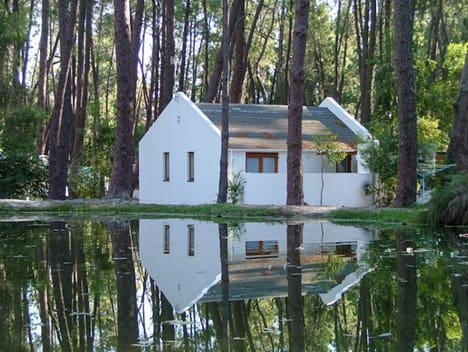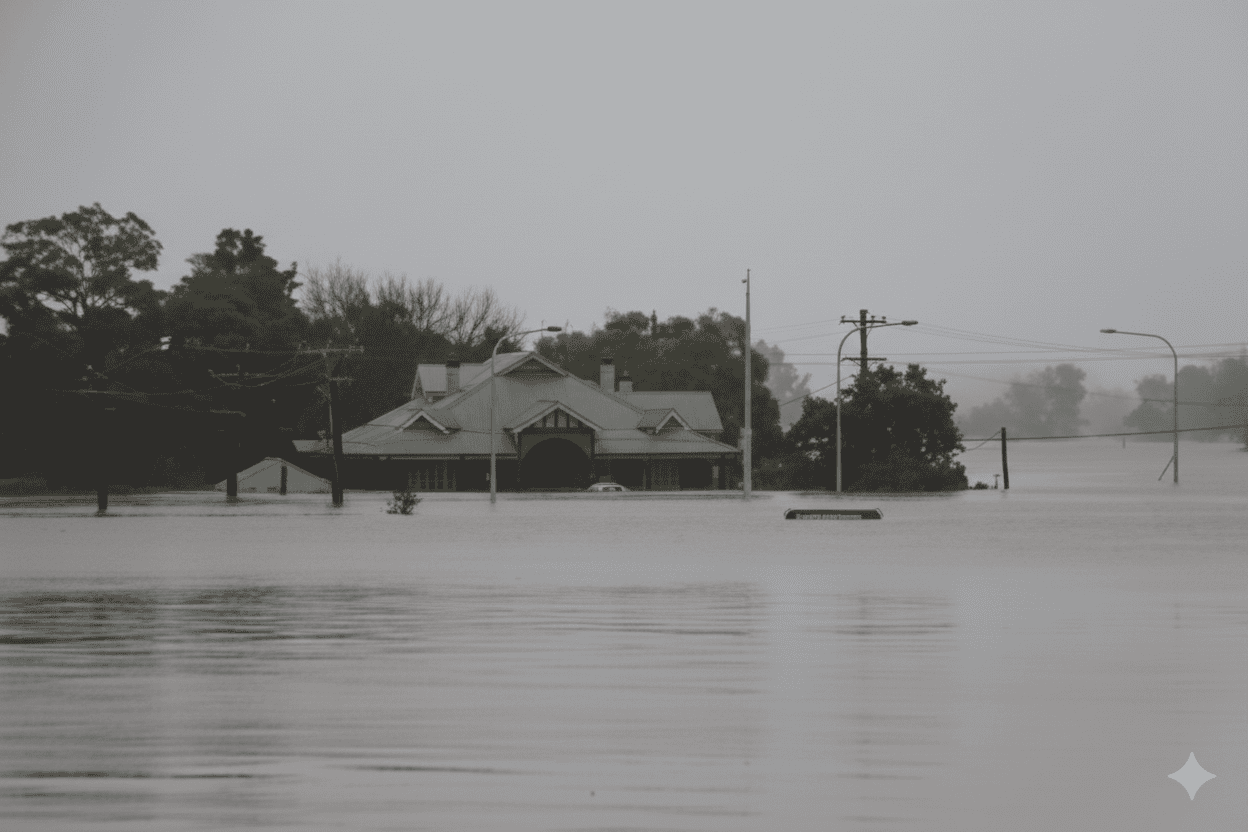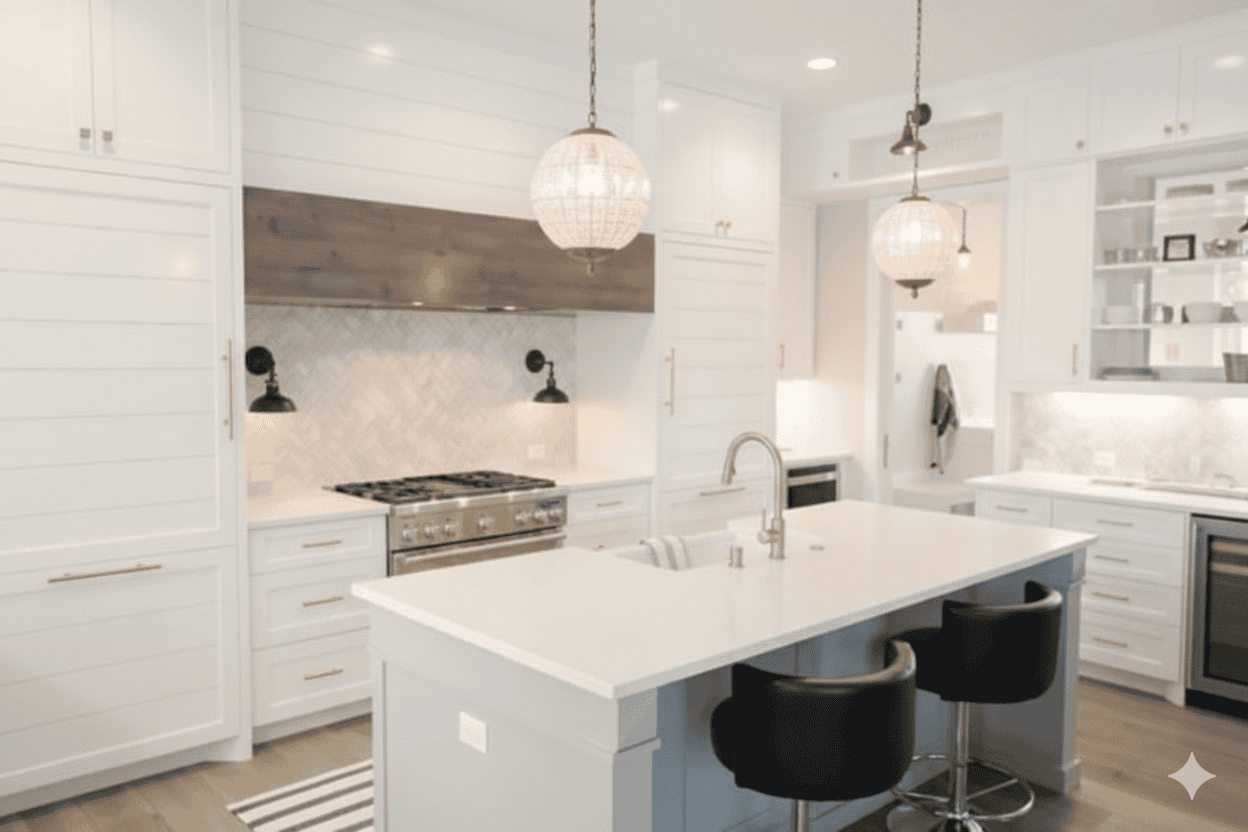Building a custom home in flood-prone areas requires a thorough understanding of the region’s flood zones, elevation requirements, and permitting processes. For those considering construction in New England, especially in areas like Massachusetts, where coastal regions, riverbanks, and floodplains are prevalent, taking the necessary precautions to mitigate flood risks is essential for both the safety of the home and its long-term value.
This article outlines the specific steps and considerations for building in flood-prone areas of Massachusetts, with a focus on elevation requirements, flood insurance, and the permitting process. Working with experienced Maine home builders or builders familiar with New England’s unique landscape will ensure that these crucial factors are carefully addressed during the planning and construction phases.
Understanding Flood Zones
Before building a custom home in any flood-prone area, it’s important to familiarize yourself with the various flood zones designated by the Federal Emergency Management Agency (FEMA). These flood zones categorize properties based on their risk level for flooding, which directly influences building codes, insurance requirements, and construction guidelines. Working with a knowledgeable general contractor who understands these regulations can help ensure that your home is built to meet the necessary standards and is properly protected against potential flood risks.
Flood Zone A: This is one of the most common flood zones in Massachusetts, particularly along coastal areas and near rivers. Properties in Flood Zone A are at risk of flooding during a 100-year flood event, meaning they have a 1% chance of flooding in any given year. Homes built in these zones are typically subject to specific floodproofing requirements and elevated foundation guidelines.
Flood Zone V: Areas in this zone are subject to coastal flooding and storm surges. This flood zone has additional construction and building code requirements, including stricter elevation standards to prevent floodwaters from damaging homes. Coastal towns such as those along Cape Cod and Martha’s Vineyard are frequently included in this category.
Flood Zone X: This zone represents areas with a lower flood risk, typically outside of the 100-year floodplain. While homes in these areas are not subject to the same strict elevation standards as those in Zone A or Zone V, they still face potential flooding during heavy rainfall or coastal storms, though it is less frequent.
Understanding your property’s flood zone is crucial because it determines not only how you will need to design and elevate the home but also how much flood insurance you may need.
Elevation Requirements: A Crucial Aspect of Flood-Proofing
When constructing a custom home in flood-prone areas, elevation is one of the most important considerations. Elevating your home above the expected flood levels helps prevent flood damage and ensures that the home remains habitable in the event of a flood.
FEMA’s Flood Elevation Standards
The Federal Emergency Management Agency (FEMA) sets specific elevation standards that vary depending on the flood zone. Homes located in high-risk flood zones, such as Flood Zone A and Zone V, must be elevated above the Base Flood Elevation (BFE) – the expected height of floodwaters during a 100-year flood event. For flood zones with storm surge risks, such as Zone V, the elevation standards are even stricter to account for the additional height of the surge.
Building Above the Base Flood Elevation
The BFE is determined by FEMA using historical flood data and predictive models, and your custom home will need to be elevated at least one foot above this level. For example, if the BFE for your property is determined to be 10 feet, your home’s lowest floor must be at least 11 feet above sea level. This requirement prevents floodwaters from reaching the interior of the home, protecting the structure and minimizing potential damage.

Foundation Types
In flood-prone areas, the type of foundation you choose will impact the elevation process. Some of the most common foundations for flood-prone areas include:
Pier and Beam Foundations: Often used in coastal areas, these foundations elevate the home well above the flood zone while leaving open space underneath, which allows water to flow freely without causing damage.
Flood-Resistant Slab Foundations: In certain cases, a raised slab foundation is used to elevate the home and resist flood damage while adhering to FEMA’s height guidelines.
Stem Walls and Raised Crawl Spaces: These types of foundations elevate the house above flood levels but also allow for additional storage space and easy access to utilities.
Choosing the right foundation depends on the specific flood zone, your property’s topography, and your local building codes.
Flood Insurance: An Essential Requirement
Flood insurance is not just recommended—it’s often mandatory. For homes located in high-risk flood zones, such as Zone A and Zone V, FEMA requires that flood insurance be purchased through the National Flood Insurance Program (NFIP). Flood insurance protects homeowners against the financial impact of flood-related damages, which can be substantial.
Understanding Flood Insurance Costs
The cost of flood insurance can vary significantly based on the location of the property, its elevation, and the flood zone classification. Homes built above the BFE typically have lower flood insurance premiums, as they are less likely to sustain flood damage. However, homes built below or at the BFE are considered at higher risk and therefore face higher premiums.
Flood insurance typically covers damages caused by rising floodwaters, including structural damage, furniture, and appliances. However, it’s essential to note that flood insurance generally does not cover damage caused by water entering the home from non-flood-related events, such as leaks from a broken pipe or roof damage.
Private vs. NFIP Flood Insurance
While FEMA’s National Flood Insurance Program is the most common form of flood coverage, some homeowners may consider private flood insurance policies. Private insurers may offer higher coverage limits or different types of coverage than the NFIP, so it’s worth consulting with a knowledgeable insurance broker to determine which option best suits your needs.
Navigating the Permitting Process
Before you begin building your custom home in a flood zone, you’ll need to obtain the necessary permits from local and state authorities. Massachusetts has strict building codes designed to ensure that new homes in flood-prone areas are properly elevated and flood-resistant.
Building Permits
The first step is to apply for a building permit with the local town or city hall. This process typically involves submitting detailed construction plans, including the proposed elevation of the home and foundation type. Local building officials will review your plans to ensure they meet FEMA standards, as well as state and local regulations.
Floodplain Development Permit
In addition to the standard building permit, you will likely need a floodplain development permit. This is required for properties located within designated flood zones and ensures that the proposed construction complies with local floodplain management regulations. This permit addresses concerns such as proper elevation, floodproofing measures, and mitigation strategies to reduce flood risk.
Coastal Zone Management Act (CZMA)
For homes located near coastal areas, Massachusetts has specific regulations under the Coastal Zone Management Act (CZMA). These rules aim to protect coastal resources while allowing for responsible development. You may need to work with the Massachusetts Office of Coastal Zone Management (CZM) to obtain additional permits and approvals if your property is located in a designated coastal flood zone.
Plan Ahead for Success
Building a custom home in a flood-prone area of Massachusetts requires meticulous planning and adherence to specific regulations designed to protect both your property and the surrounding environment. Understanding flood zones, elevation requirements, and the permitting process is crucial to ensuring that your home remains safe, secure, and compliant with local laws.
By collaborating with local authorities, insurance brokers, and experienced home builders in Maine who understand the complexities of flood zone construction, you can create a home that not only withstands the challenges of flooding but also enhances the value and durability of your property for years to come. With the right preparation and design strategies, building in flood-prone areas can be a rewarding experience, offering peace of mind even during the harshest storms.



